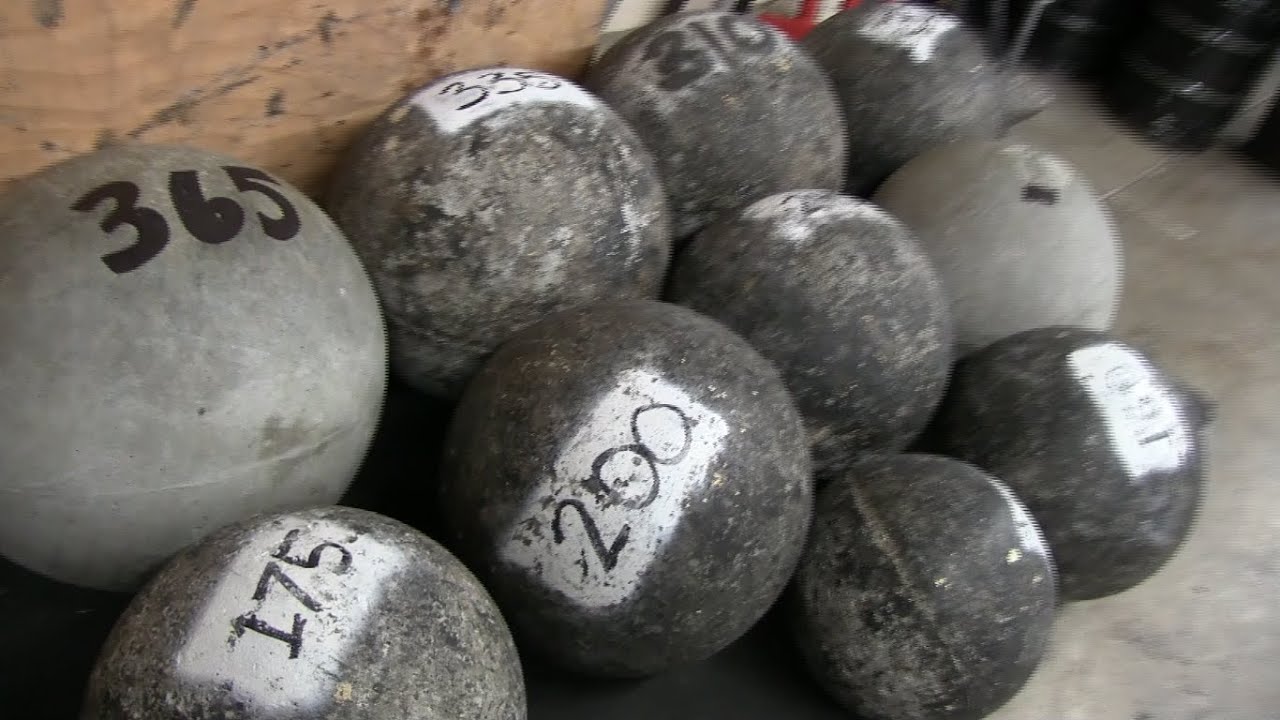 Hey you! Are you the kind of guy or gal with limited time and limited energy? You are. Good, because I am writing this post just for you! I want to encourage you that you don’t need to be ashamed to stop an exercise after just one set. You can achieve great results with one set training.* Great results that don’t require you to spend 45 minutes to an hour in the gym! Results that won’t leave you burned out after only two months of training. Sound good to you? Then read on.
Hey you! Are you the kind of guy or gal with limited time and limited energy? You are. Good, because I am writing this post just for you! I want to encourage you that you don’t need to be ashamed to stop an exercise after just one set. You can achieve great results with one set training.* Great results that don’t require you to spend 45 minutes to an hour in the gym! Results that won’t leave you burned out after only two months of training. Sound good to you? Then read on.
Let us begin by considering the case of Trainer A and his client Anonymous Guy. For the last four months I’ve seen Anonymous Guy settle down on the bench press and spend seven to ten minutes performing six sets–three sets building up to a max weight and three descending sets. Funny thing I noticed though, he has been bench pressing almost the EXACT same weight for about four months. Why would you pay a trainer who can’t get you results? Why would you engage in a long process of multiple sets when it eats up your time while you reap little to no added reward for your extra efforts?
With my usual condescension I guessed his failures were due to his multiple set routine. But it wasn’t just my huge ego that led me to that conclusion. I once was a multiple set guy, and I suffered heavily for it. It all started soon after my thirteenth birthday. I read Arnold’s book, Bodybuilding for Men. From there I picked up copies of Flex Magazine, Ironman, and all the usual suspects. I learned that all bodybuilders use(d) multiple sets: double-sets, triple-sets, and sometimes even octuple sets. As a highly impressionable young man who wanted to add bulk to his scrawny frame, naturally enough I copied them. I would try any kind of multiple set programs I could get my hands on: ascending sets, descending sets, ascending and then descending sets, etc. There was even a point where I tried octuple sets based on the advice of a certain bodybuilder that Ironman magazine covered back in the 90s. I mimicked the workouts I saw in the magazines never realizing that a human being who isn’t filled with anabolic steroids and growth hormone shouldn’t engage in such behavior. I didn’t know that multiple sets would lead me to over-train countless times, drain me of my love of weight lifting, leave me psychologically numb toward intense activity in general, and culminate in an on-again-off-again relationship with weight lifting that would see me spend more time in lazy indulgence than intense bouts of heavy lifting.
Well, it was about a month into my most recent return to resistance training (March, 2007) that I felt tired, drained, and numb all over. I was at a point where I could have easily backed out and quit–again. But instead I took a step back and decided to shuffle my program around. I dropped multiple sets, and decided to do only one set of each exercise. I decided to take the radical step of limiting both the number of sets I performed and the number of exercises. But my first time in the gym after my resolution, after I finished my first single set exercise–a bench press–I felt something. It was a powerful tug, a kind of guilt, like everyone in the gym was looking at me as if I was some kind of wimp. Why not perform a second set–or even a third or fourth?
I admit I gave in. It was only after I finished my workout that I felt guilty and realized that I had an addiction to multiple sets. A strong combination of shame, guilt, pride, and ego wouldn’t let me leave them behind.
Faced with my addiction, I decided to do one of my patented, copyrighted, and trademarked “Two Week Total Transformation Tests”–a two week period when I will try about anything to see whether it is helpful, harmful, or meaningless. I decided to cut the extra sets from my workouts for two weeks. After all, two weeks isn’t that long, but it is usually long enough to see some difference. I threw myself into my workouts over the next two weeks. Although I didn’t use multiple sets, I did use negatives when I failed to finish a set. And I performed all sets to failure, no exceptions, and usually about 6-8 reps per exercise.
At first I still felt like I needed to perform more sets. But I held out and persevered. One thing I noticed immediately was that while I felt “the burn” on the day of my workout, I no longer felt burned out and sore the day after my workout. My workouts were intense and my time in the gym was hell, but soon after I left the gym I could leave that pain behind and get on with my life. My body was recovering with greater celerity than before and that felt good. More importantly, I made significant strength gains–better than I had before with multiple sets. I wasn’t hitting plateaus as much this time around as I had in the past. Furthermore, I was losing weight and gaining mass. I watched my waist measurement shrink while my arms grew and my chest and shoulders widened.
To think, I had been sabotaging my workouts for so long and I had never realized it.
The Challenge
Instead of engaging in some long winded diatribe where I quote lots of statistics, how about we keep this simple. Take a chance for two weeks and try a single set routine out and see how you feel. Get the most bang for your buck by combining a single set routine with a workout almost exclusively composed of multi-joint exercises. Here is a sample workout–actually it is my workout for tomorrow. You can throw in one set of bicep curls if you absolutely must. Try 6-8 reps to failure of the following movements:
Squats, Chin-ups, Deadlift, Clean & Press, Shoulder Press, Bench Press, Weighted Sit-ups, Pull-downs
If it doesn’t work for you, then worst case scenario, you just gave your body a well deserved two week break from multiple sets. But I am confident that many of you will achieve the same gains and benefits I have. I look forward to hearing/reading your success stories!
* A slight majority of studies (7 out of 13) show that there is some added benefit to multiple sets if you are training for increased strength. I haven’t seen any work on the advantages of single or multiple set routines on muscle growth, recovery, and muscular endurance. If you have info/studies/anecdotes, don’t be shy about posting it in the comments section.











0 Comments